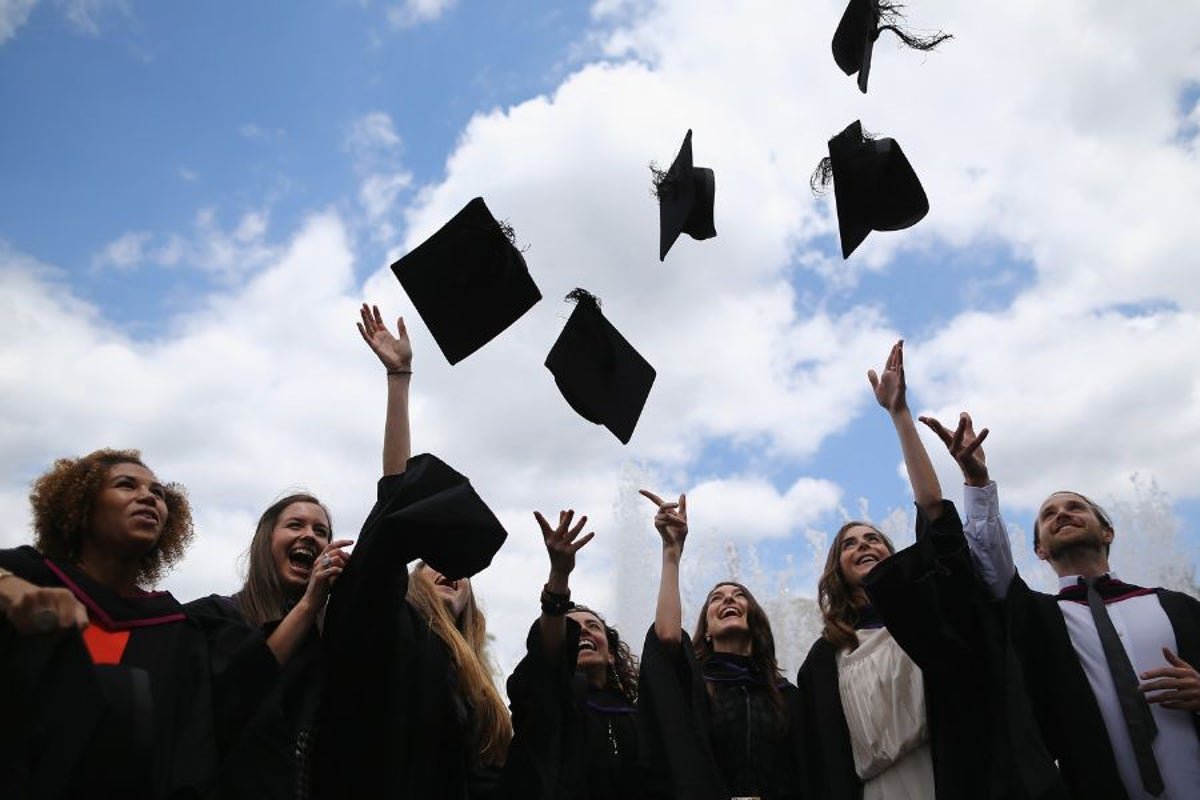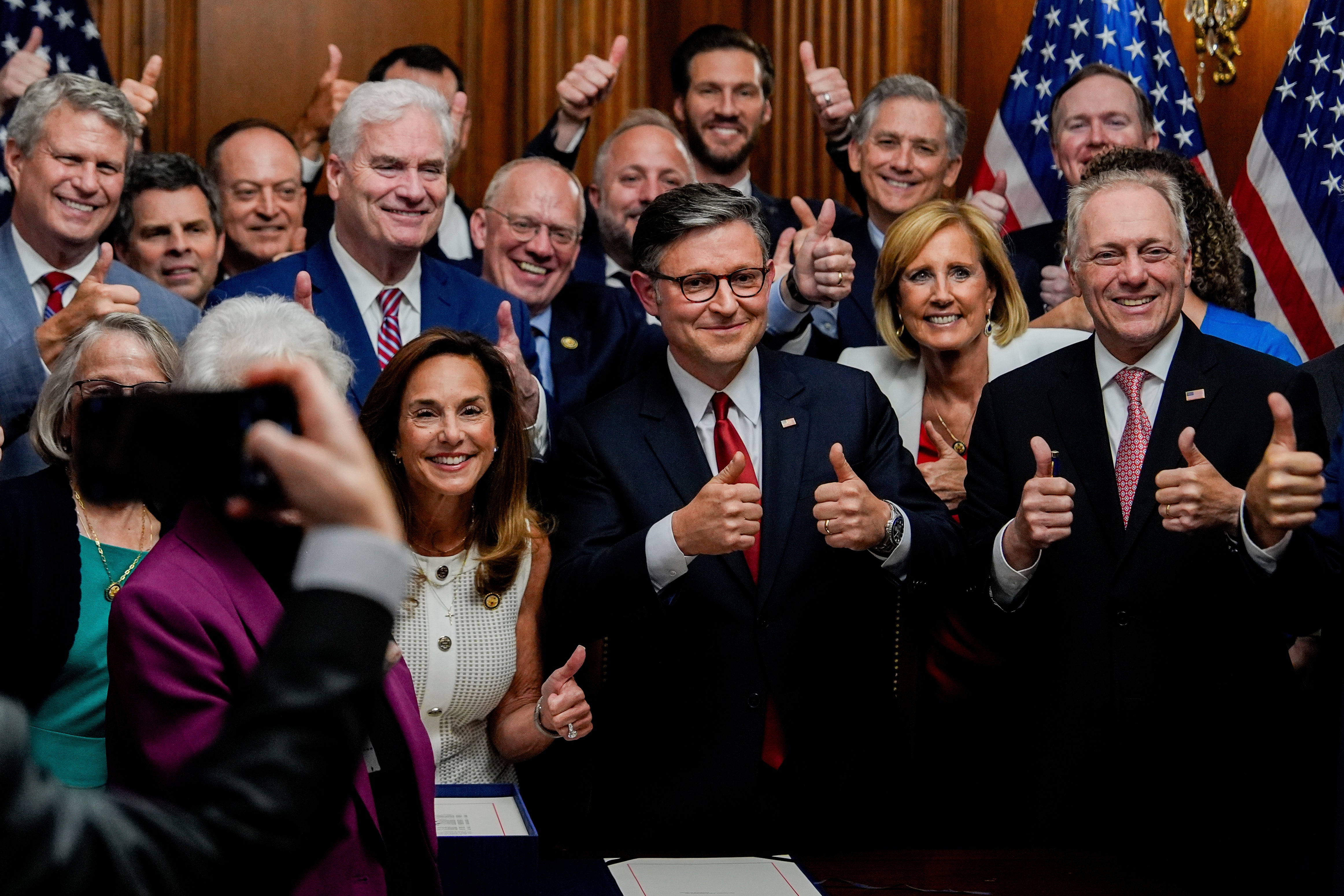US Politics
Grad student loans could soon be capped. Here’s what that could mean for you

Your support helps us to tell the story
From reproductive rights to climate change to Big Tech, The Independent is on the ground when the story is developing. Whether it’s investigating the financials of Elon Musk’s pro-Trump PAC or producing our latest documentary, ‘The A Word’, which shines a light on the American women fighting for reproductive rights, we know how important it is to parse out the facts from the messaging.
At such a critical moment in US history, we need reporters on the ground. Your donation allows us to keep sending journalists to speak to both sides of the story.
The Independent is trusted by Americans across the entire political spectrum. And unlike many other quality news outlets, we choose not to lock Americans out of our reporting and analysis with paywalls. We believe quality journalism should be available to everyone, paid for by those who can afford it.
Your support makes all the difference.
Read more
The House of Representatives moving the GOP’s “Big Beautiful Bill” closer to President Donald Trump’s signing brings graduate students nearer to facing unprecedented limits on funding higher education.
While critics argue that the spending bill would disproportionately block marginalized communities from pursuing advanced degrees, Republicans say the limits will help control college costs by reducing incentives for schools to raise tuition.
Starting next summer, the bill will affect borrowers taking out loans and those stuck on the Biden-era SAVE plan, potentially causing monthly payments to increase by hundreds of dollars, according to the Student Borrower Protection Center.
What are the proposals?
The “big beautiful bill” proposes significant changes to how graduate and professional students finance their education. One of the biggest changes would be the elimination of the federal Grad PLUS loan program beginning in July 2026, which currently allows students to borrow up to the full cost of attendance for graduate programs.
In its place, the bill raises annual and lifetime limits on federal Stafford loans, but these new caps may not be enough to cover further education for students.

open image in gallery
Graduate students would be limited to borrowing up to $20,500 annually, with a lifetime cap of $100,000, while professional students, such as those in medical or law school, could borrow up to $50,000 per year, with a $200,000 lifetime maximum.
What impacts could the proposals have?
The proposal could force students to rely on private loans with less favorable terms, delay or abandon plans for graduate education, or choose less expensive programs that may not align with their career goals.
Experts warn this could worsen shortages in high-demand fields, particularly in rural healthcare, where access to graduate-trained professionals is already limited.

open image in gallery
What’s happened to student loans so far?
Recent student loan policy changes include the restart of loan payments following a pandemic pause, modifications to income-driven repayment plans, and ongoing legal battles over loan forgiveness programs.
In June 2023, the Supreme Court struck down the Biden administration’s plan to cancel up to $400 billion in student loans, and a court order continues to block its new income-driven repayment program.
Meanwhile, the US Department of Education has resumed collecting on defaulted federal student loans.
What’s next?
White House Press Secretary Karoline Leavitt announced Thursday that President Trump is scheduled to sign the “big, beautiful bill” on Friday at 5 p.m. EST.
